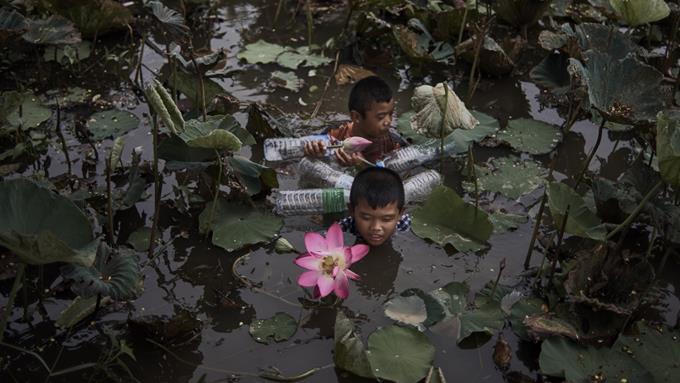Media coverage
Method
Media coverage refers to information produced by journalists within the public sphere, taking the form of print, online, television or social media. It can be used to raise public awareness on the drowning issue and promote the implementation of interventions associated with a National Water Safety Plan to a wide population.
Media coverage can be a very effective lobbying tool as members of the public, and possibly the media outlets themselves, may put pressure on governments and organisations to take action in response to media output. If leveraged effectively, media coverage can communicate the importance of a National Water Safety Plan to the general public, potentially increasing the publics’ involvement with plan implementation.
Media coverage can range from online posts through social media applications to news teams and film crews attending and documenting an event. The numerous types of freely accessible media platforms currently operating provide an opportunity to instantly access diverse populations.
When seeking media coverage, remember that the media itself is a channel and not an audience. It is therefore important to have a clear strategy in place prior to approaching media outlets. Consider:
- Define the main message or story. How can it be made as clear as possible? Consider the message from as many different angles as possible to ensure it cannot be misinterpreted or misunderstood.
- Define the intended audience. Are you intending to target a group at high risk of drowning with your message?
- Gauge associated risks. Is there any controversy or emotion surrounding the message? If yes, how can the story be presented to avoid a potentially negative response? Develop a contingency plan in case a hostile response is provoked.
All information presented to a media source should be in a short and concise format. Ensure that facts, photographs and quotes are prepared and ready for use by the media source if required. It is often useful to include case studies too, which can be a powerful tool to demonstrate the personal impacts of drowning. Nominate an appropriate spokesperson to be in contact with the media who is confident on the issue/topic and who speaks clearly and calmly.
Media channels consider the following points when looking for news to report, so it is useful to be aware of them:
- Is the news recent?
- Is the news previously unreported?
- Is it interesting? Does it provoke emotion?
- Is it on topic or part of a local/regional/national government agenda?
Advantages
- The media is a cost-effective way to gain instant, large-scale coverage of an issue or event. It can be used to promote the necessity of drowning prevention and encourage the public to get involved with National Water Safety Plan implementation.
- Numerous types of media platforms exist of which multiple can be used simultaneously to promote an issue or event, increasing reach and coverage.
- It is an effective lobbying tool which harnesses other individuals and organisations to lobby on your behalf.
Disadvantages
- Once it has been released, media output is difficult to retract.
- Facts may be spun or context misunderstood, leading to the original message becoming warped.
- Drowning may not be considered as ‘on-topic’ by the media source and therefore, may not be taken up.
- Possible backlash may occur from organisations or governments if they believe they have been affected negatively by the coverage.
- News does not stay relevant for long, potentially causing issues to be forgotten about quickly post-media coverage.
Context
Media coverage may be an effective tool to lobby and spread awareness on the drowning issue. It is important to only release news which will have a positive impact on the implementation of a National Water Safety Plan and is likely to be taken up and spread widely. As news falls out of interest quickly, ensure your message will benefit from a few days of intense coverage.
Step 6
Gain government endorsement

